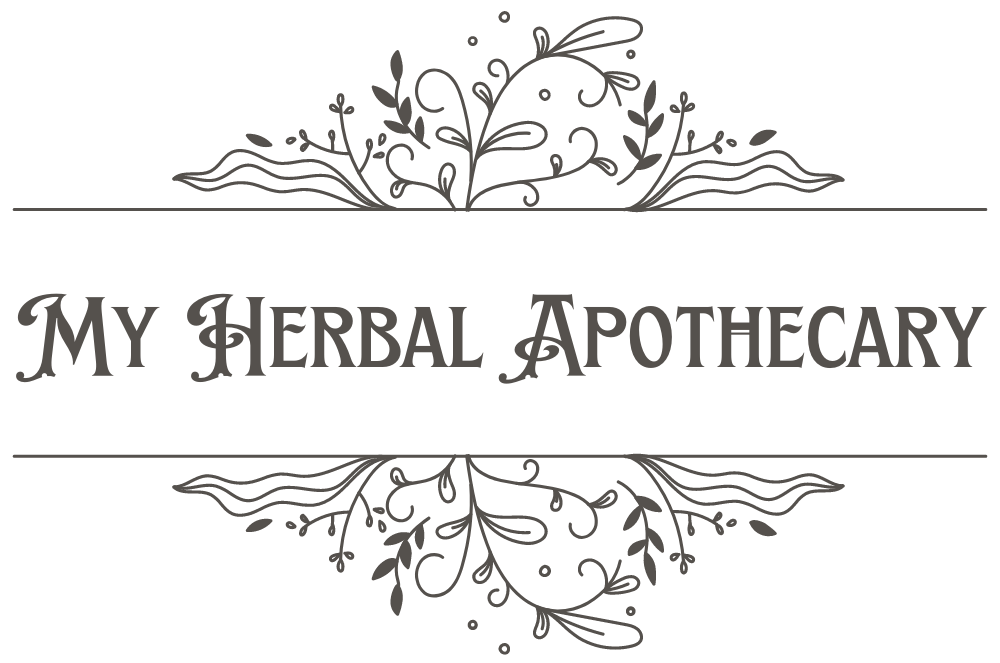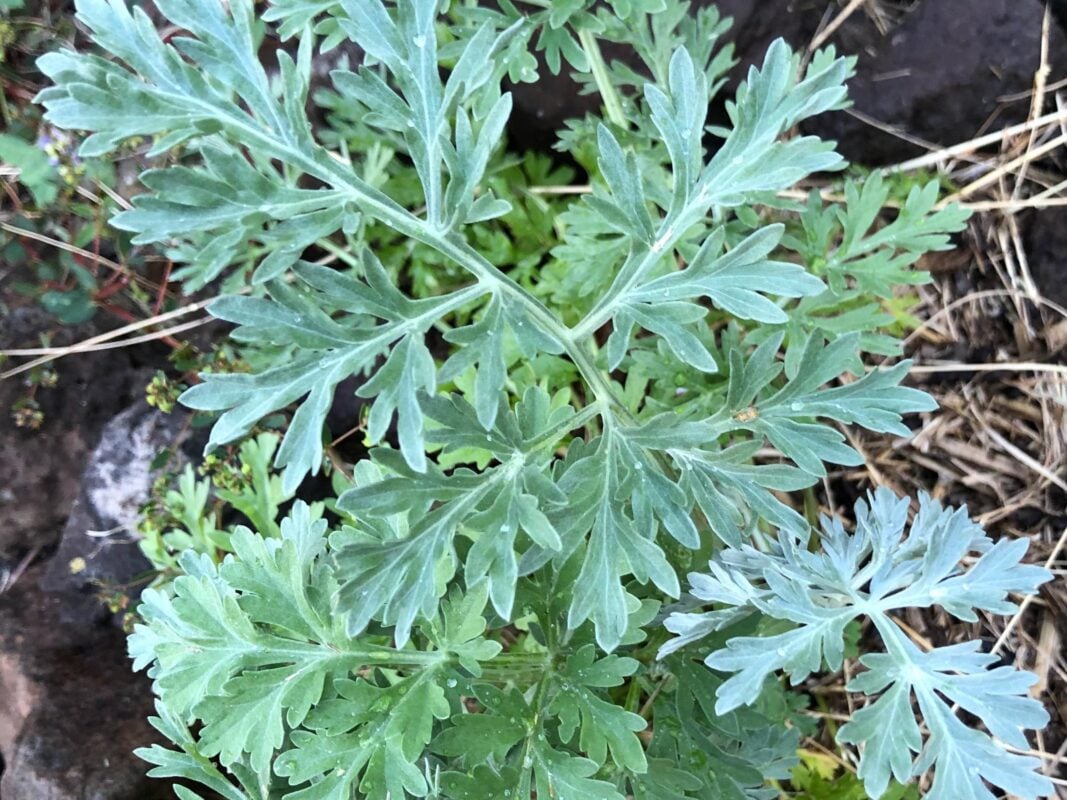** Nothing in this blog is to be considered medical or health advice. Any information provided is opinion based only and you MUST speak with your healthcare professional prior to making any changes to your medical or health protocols. In fact, I encourage you to print out this list and take it to your health care professional, speak with them about each item discussing the potential risks vs benefits of each, taking into consideration your individual circumstances **
Elderberry Syrup For Immune System Boost
Elderberry Syrup is my favourite go-to in cold and flu season to boost my family’s immune system. It’s been a long-time staple in my health arsenal and now I’m going to show you just how easy it is to make your own with this simple recipe. Once you’ve made it for the first time, I know you’re going to love it as much as I do.
Black elderberries (aka sambucus nigra) are a jam-packed immune booster naturally containing loads of Vitamins A, B and Vitamin C and feature widely in folk medicine for their antiviral properties and as an effective natural remedy for common colds and influenza viruses.
Commonly used at the first sign of illness (sore throats and other flu symptoms) or as a preventative, elderberry syrup gives the immune system that added boost it needs for the body to fight it off in natural ways.
A word on honey.
Honey is an optional ingredient but it does give the syrup that beautiful palatable flavour. You can leave it out however if you’ve got someone in your family with allergies or an infant under 1 year old and you’re concerned about giving them honey. If you like, you can substitute honey for maple syrup.
Quick And Easy Elderberry Syrup Recipe With Bonus Thermomix Instructions
Ingredients:
100g dried elderberries (organic is always best)
½ teaspoon ground ginger
½ teaspoon ground cinnamon or 3 whole cinnamon sticks
3 whole cloves
750g / 3 cups of water (filtered, fluoride free)
300g / Just under 1 cup of honey (optional, raw is best)
Method:
- Blitz all dried ingredients together in the food processor
- Combine the blitzed dried ingredients with water in a medium saucepan
- Bring to the boil then simmer for 30 minutes
- Strain before cooling through a metal fine mesh sieve
- Allow to cool to approximately 30 degrees Celsius (or wait until room temperature) before adding honey and stir
- Store finished syrup in a glass mason jar or similar in the fridge with a shelf life of up to a month.
Thermomix Method:
- Blitz all dried ingredients together for 10 seconds on speed 9
- Add water then bring up to temperature for 5 min, at 100 degrees Celsius, speed 4.5
- Then simmer for 30 minutes at 60 degrees Celsius on speed 4 to reduce
- Strain before cooling through a metal fine mesh sieve
- Allow to cool to approximately 30 degrees Celsius (or wait until room temperature) before adding honey and stir
- Store finished syrup in a glass mason jar or similar in the fridge with a shelf life of up to a month.
There you have it! Delicious elderberry syrup and an easy natural medicine on hand in your fridge without having to rush to the chemist at the drop of a hat.
If you’re running short on time and don’t want to watch the pot, there’s no reason why you can’t make elderberry syrup in the slow cooker. After blitzing all of the dry ingredients, at the water and pop in the slow cooker for a few hours while you get on with your day. Just remember to let the mix cool before adding the honey as to not destroy the raw honey’s beautiful antiviral and antibacterial properties.
Use of Elderberry Syrup
Take 1 tablespoon per day for good health.
Take 4 tablespoons or more daily at first onset of signs of illness for an immune boost.
A Word Of Warning
The health benefits of elderberries are high, but be warned if you take too much you’ll soon be running to the bathroom – I know from personal experience! Lol!
Always use in small amounts at first to check your individual tolerance levels.









